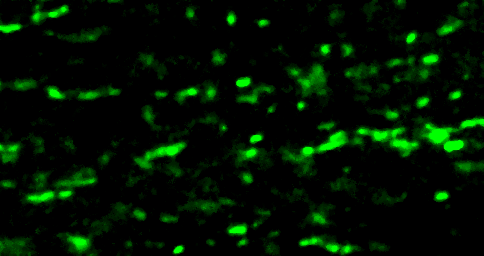Research aims to understand how dopamine (DA) neurons die in Parkinson’s disease (PD) and why substantia nigra compacta DA neurons are specifically susceptible in the hope of developing new therapeutic targets for the future. We are using a combination of cutting-edge optical, electrochemical, electrophysiological, and genetic approaches to address these questions.
- Synaptic Dysfunction and Energy Failure in Parkinson’s Disease (PD)

- Neuro-Immune Interactions

An emerging concept in the PD field is that the immune system plays a role in the progressive death of DA neurons, and several recent studies highlight LRRK2 in driving the connection between immune function and PD susceptibility. Microglia, the resident brain macrophages not only play critical roles in responding to infection and injury in the brain but can also shape neuronal synaptic connectivity and synaptic function. However, due to technical limitations, much of the research on microglia has been done using cultured or isolated cells, which may not accurately reflect their natural behaviors. To truly understand the role of LRRK2 in microglia and its impact on neuroinflammation, it is essential to study these cells in their natural environment within the brain, over time, and examine the functionality of the surrounding neurons. This project aims to pioneer the use of two-photon imaging to observe microglial functions and dynamics in vivo. By utilizing LRRK2-transgenic and knockout mice, we will delve deeper into the role of LRRK2 in microglia, enhancing our understanding of its contribution to PD and potentially opening new avenues for therapeutic strategies.
